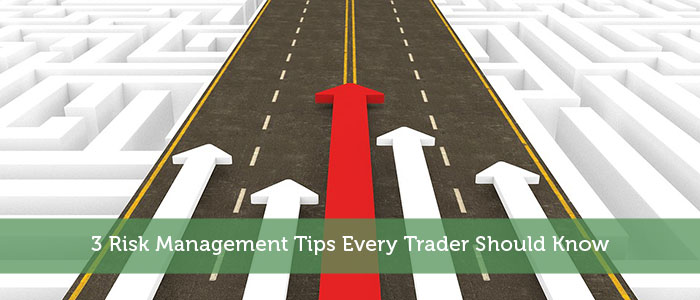As a day trader, how you manage your money will set you apart from others as well as giving you an edge when trading. While a trader is unable to control how the market works, he or she is able to control how money is spent. Furthermore, one is able to control and mitigate any risks that arise during trading.
Risk management is the cornerstone of successful trading. It allows you to evaluate financial risks finally coming up with strategies to minimize the impact and avoid financial ruin. Risks are uncertain and unpredictable.
Here are tips on how to manage risk and minimize their impact.
Placing hard stops versus mental stops
Risk management ranks very low among the priorities of most traders but without better risk management practices, profitable trading is difficult. To be successful, every trader needs to understand different ways of managing risk as well as create a positive outlook. One of the best ways of managing risks when trading is by placing hard stops or mental stops.
When it comes to hard stops, traders need to pre-place a stop order or a stop loss order. How will this help? In case the market price of a security falls below the level set by the trader, the system will stop the trade automatically. This eliminates the chances of the trader incurring losses.
There are traders who use mental stops which is not advisable. Mental stops simply refer to a method where the trader sets the stop loss order in his or her mind and not in the system. While this may offer a lot of flexibility, it requires thorough understanding of price action and changing market conditions. Furthermore, mental stops are difficult to set because most traders lack the discipline and concentration required.
On the other hand, physical stops are prone to stop hunting. So, if you are a short term trader, go for hard stops and if you are a long term trader, go for mental stops.
Limiting size in volatile trades
Volatile markets experience wide price fluctuations and heavy trading. Furthermore, they are characterized by an imbalance of trade orders in one direction. There are several factors that result in volatile markets.
They include economic releases, popular IPO, company news and unexpected earnings results. The only way to minimize risks is by limiting investment size in volatile trades. Other traders do avoid it altogether which means they end up staying invested.
This is very hard and it takes someone who is disciplined to get through. Just imagine watching your portfolio take a hit in a bearish market. To get out of this problem, you can consider scaling in and out of positions. It can be achieved by buying stock in increments as the price fluctuates or selling in increments when you get to the top. This will help in reducing the overall cost basis finally preventing you from having too much of a position.
As a trader, it is important to be aware of potential risks. If you are confident about your strategy, you can choose to stay in and limit size in increments. Remember to be aware of the market conditions.
Take profit/adjust stops as trade works in your favor
In trading, money management takes one half while the other is taken by the determination of entry/exit points. What every trader needs to keep in mind is that no amount of successful analysis is useful unless good trigger points are determined. It is also important to know when a trade will appreciate and when it will end.
Without this in mind, you will lose. Majority of traders enter into new trades without any solid exit strategy. When the market starts moving, a trader’s emotions should not be used but rather use solid analysis. So, how do you plan a successful exit strategy?
By making profit/adjust stops when the trade works in your favor. This calls for trade timing. The first principle of trade timing is to be sure about the price and technical pattern at the same time. It can be based on the actualization of a technical formation or price level. The only way to avoid excessive losses is by using a layered defense line which is achieved by keeping it small.
Final Thoughts
As said earlier, traders need to implement sound money management strategies in order to avoid losses. Some of the best ways to manage risks include planning an exit trade strategy, using stop losses effectively and limiting sizes.





If you are a trader, the financial risk is always high indeed and creating a right strategy is a must in this sphere. Thank goodness there are lots of ways to avoid or at least to minimize financial troubles nowadays. Your tips seem to be really effective!